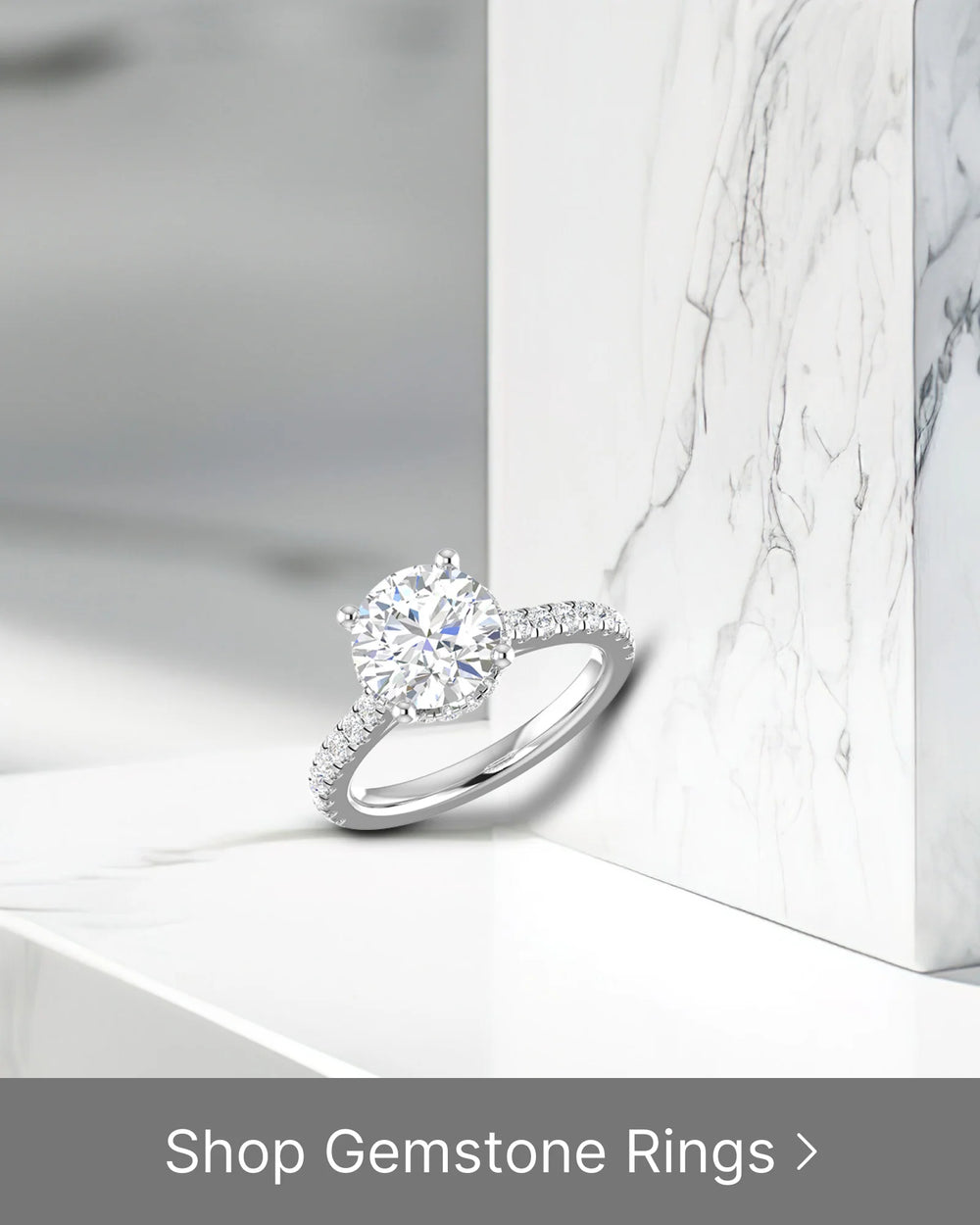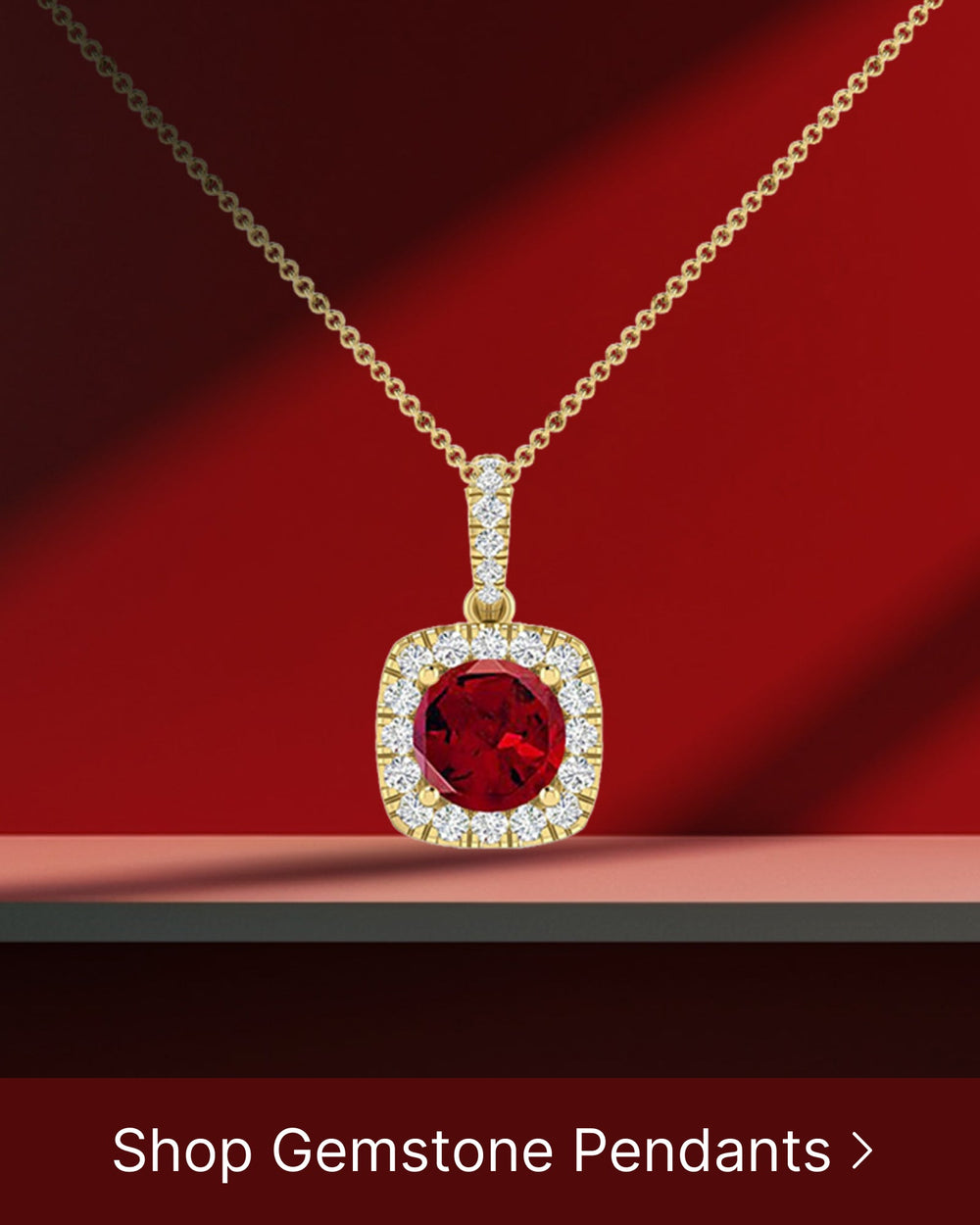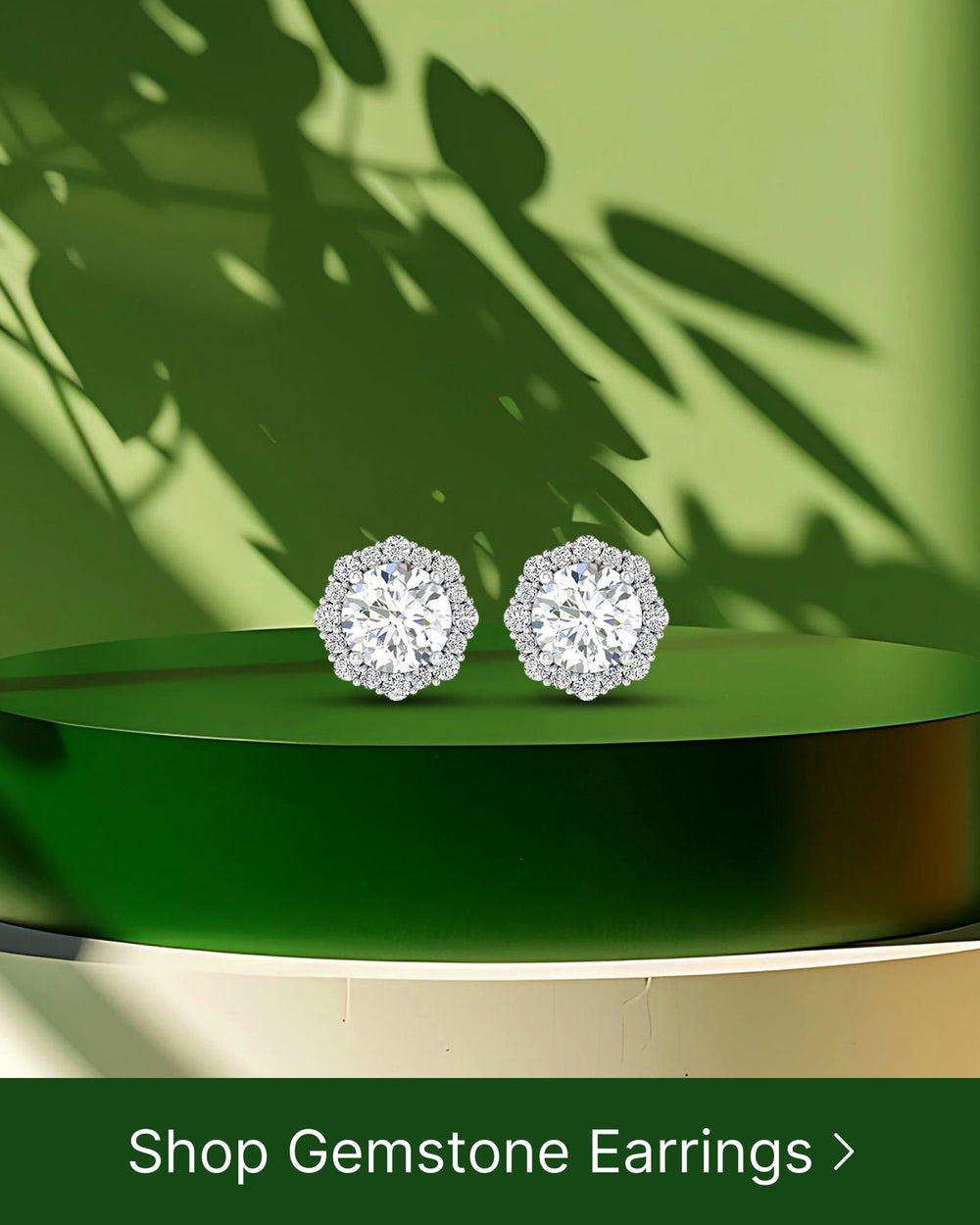Peridot, known for its vibrant green color, is a stunning gemstone that has been prized for centuries. One of the key factors that determine the beauty of a peridot is its cut. Understanding the basics of peridot cut is essential for anyone looking to appreciate and evaluate this gemstone.
Understanding the Basics of Peridot Cut
The cut of a gemstone is a crucial factor in determining its beauty and value. It goes beyond just shaping the stone; it involves the art of faceting and polishing to maximize its visual appeal. When a gemstone is cut with precision and skill, it can enhance its brilliance and overall appearance.
Peridot, a gemstone known for its vibrant green color, is no exception to the importance of cut. Derived from the mineral olivine, peridot possesses a unique charm that can be further enhanced through the right cut. With a hardness of 6.5 to 7 on the Mohs scale, peridot is relatively soft compared to other gemstones. However, when it is cut properly, it can exhibit stunning color and brilliance that captivates the beholder.
The Importance of Cut in Gemstones
When it comes to gemstones, cut is not merely about shaping the stone into a desirable form. It plays a significant role in how light interacts with the gemstone, ultimately affecting its brilliance and overall visual appeal. The cut of a gemstone determines the angles and proportions of its facets, which in turn influence the way light is reflected and refracted within the stone.
A well-cut gemstone will allow light to enter and exit the stone in a way that maximizes its beauty. The facets are carefully designed to optimize the stone's brilliance, fire, and scintillation. The precision of the cut can make a gemstone appear more lively and vibrant, enhancing its color and clarity.
On the other hand, a poorly cut gemstone can result in light leakage, reducing its brilliance and making it appear dull and lifeless. The angles and proportions of the facets may be incorrect, causing light to escape instead of being reflected back to the viewer's eye. This can significantly diminish the gemstone's visual impact and value.
Defining the Peridot Gemstone
Peridot, also known as "evening emerald," is a gemstone that exudes a captivating green hue. It is a variety of the mineral olivine and is formed deep within the Earth's mantle. Peridot's color ranges from a yellowish-green to a vibrant lime green, with the intensity of the color depending on the iron content within the crystal structure.
With a hardness of 6.5 to 7 on the Mohs scale, peridot is relatively soft compared to gemstones like sapphire or diamond. This softness makes it more susceptible to scratches and abrasions, emphasizing the importance of proper cut and care. A well-cut peridot can minimize the appearance of any natural inclusions or flaws, enhancing its overall beauty.
When peridot is cut, the lapidary must consider its crystal structure and color to bring out its best qualities. The facets are carefully arranged to optimize the stone's color saturation, brilliance, and light performance. The goal is to create a peridot gemstone that showcases its vibrant green color and exhibits a lively sparkle when exposed to light.
The History of Peridot Cutting
Peridot, a beautiful gemstone, has been valued since ancient times. The techniques used to cut this gemstone have evolved over the years, reflecting the ingenuity and creativity of the craftsmen who sought to enhance its natural beauty.
Ancient Techniques and Tools
In ancient Egypt, peridot was cut using simple tools like chisels and drills. These early cutting methods, though primitive compared to modern techniques, were a testament to the resourcefulness of the ancient Egyptians. With great skill and precision, they shaped peridot into various forms, harnessing its vibrant green hue.
Imagine the artisans of ancient Egypt, hunched over their workbenches, carefully chiseling away at rough peridot stones. They would have used their expertise to bring out the gem's inherent beauty, turning it into a symbol of wealth and power.
Evolution of Peridot Cutting Methods
As time progressed, the art of peridot cutting became more refined. During the Middle Ages, gem cutters began using faceting to enhance a gemstone's brilliance. This revolutionary technique involved cutting small, flat surfaces known as facets onto the gemstone's surface.
Faceting transformed peridot into a mesmerizing spectacle of light and color. The facets acted as mirrors, reflecting and refracting light, allowing the gemstone to display its intense green color in a truly dazzling way. It was as if the peridot came alive, captivating all who beheld its brilliance.
Imagine the gem cutters of the Middle Ages, meticulously carving each facet with utmost precision. Their dedication to their craft resulted in peridot gemstones that were not only visually stunning but also held a deep symbolic meaning.
Over time, the techniques of peridot cutting continued to evolve. Advancements in technology and the discovery of new tools allowed craftsmen to push the boundaries of what was possible. Today, modern cutting methods utilize state-of-the-art machinery and computer-aided design to create peridot gemstones of unparalleled beauty.
As we admire a finely cut peridot gemstone, let us appreciate the rich history and the countless hours of craftsmanship that have gone into its creation. From the humble beginnings of ancient Egypt to the innovative techniques of the present day, the art of peridot cutting continues to captivate and inspire.
Different Types of Peridot Cuts
Peridot, with its vibrant green color, is a gemstone that has captivated jewelry enthusiasts for centuries. One of the factors that contribute to its allure is the cut of the stone. The cut determines the shape, facets, and overall appearance of the peridot, making each piece unique and special. Let's explore some of the different types of peridot cuts:
The Round Cut Peridot
The round cut is one of the most popular cuts for peridot. It features a symmetrical round shape, with multiple facets that enhance the gemstone's brilliance and light reflection. The round cut peridot is a timeless choice for jewelry. When light hits the facets of a round cut peridot, it bounces off in various directions, creating a dazzling display of sparkle. This cut is often used in engagement rings, pendants, and earrings, as it complements a wide range of styles and settings.
The Princess Cut Peridot
The princess cut is a square or rectangular cut that showcases peridot's color beautifully. It has pointed corners and numerous facets that maximize the gemstone's sparkle. The princess cut peridot is a modern and elegant choice. This cut is known for its versatility, as it can be used in both contemporary and vintage-inspired designs. The clean lines and geometric shape of the princess cut peridot make it a popular choice for solitaire rings and statement necklaces.
The Oval Cut Peridot
The oval cut is known for its elongated shape and smooth curves. It highlights the color intensity of peridot while offering a unique and sophisticated look. The oval cut peridot is a versatile option that can be used in various types of jewelry. The elongated shape of the oval cut peridot creates an illusion of length, making it a popular choice for earrings and pendants. It also complements different finger shapes, making it a sought-after choice for rings.
When choosing a peridot cut, it is important to consider personal style, the type of jewelry it will be set in, and the desired level of sparkle. Whether you prefer the classic round cut, the modern princess cut, or the elegant oval cut, each option offers its own unique beauty and charm. No matter which cut you choose, a peridot gemstone is sure to add a touch of natural beauty and brilliance to any piece of jewelry.
The Process of Cutting Peridot
Preparing the Raw Peridot
Before the cutting process can begin, the raw peridot must be prepared. This involves cleaning the gemstone and removing any impurities or unwanted materials. Preparing the peridot ensures that only the best parts of the gemstone are used.
The Art of Faceting
Faceting is a delicate and precise process that involves cutting multiple flat surfaces onto the peridot. Skilled gem cutters use special tools and techniques to create the facets, ensuring they are symmetrical and properly aligned. This process maximizes the gemstone's brilliance and light performance.
Polishing the Peridot
After the facets are cut, the peridot undergoes a polishing process. This involves using various polishing materials to create a smooth and shiny surface on the gemstone. Polishing removes any scratches or imperfections, giving the peridot its final lustrous appearance.
Factors Influencing the Quality of Peridot Cut
The Role of Symmetry in Peridot Cut
Symmetry is crucial in peridot cutting as it affects the overall balance and appearance of the gemstone. A well-cut peridot should have symmetrical facets that are evenly distributed around its surface. This symmetry contributes to the gemstone's beauty and ensures light is reflected in a pleasing manner.
The Impact of Proportions on Brilliance
The proportions of a peridot, such as the depth and angle of the facets, greatly influence its brilliance. If the proportions are optimized, light will enter the gemstone and bounce back to the viewer's eye, creating a dazzling sparkle. Well-proportioned peridots are highly sought after for their exceptional brilliance.
In conclusion, the cut of a peridot is a crucial aspect that affects its beauty and value. By understanding the basics of peridot cut, its history, different types of cuts, the cutting process, and the factors influencing its quality, one can appreciate the craftsmanship and artistry involved in transforming a raw peridot into a dazzling gemstone.






